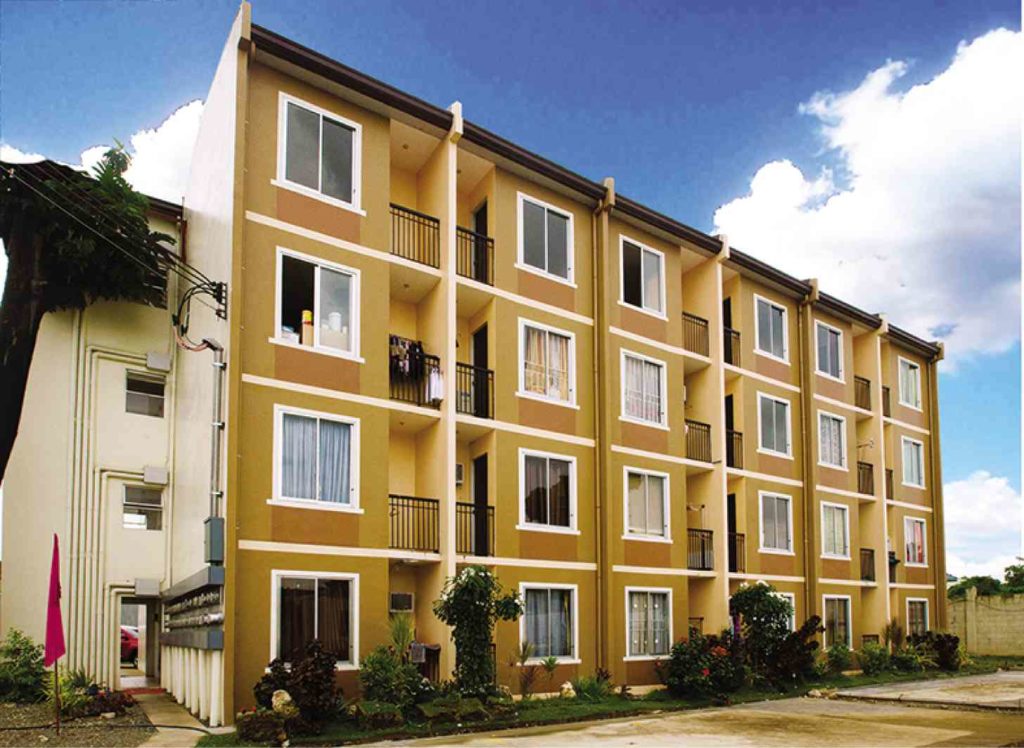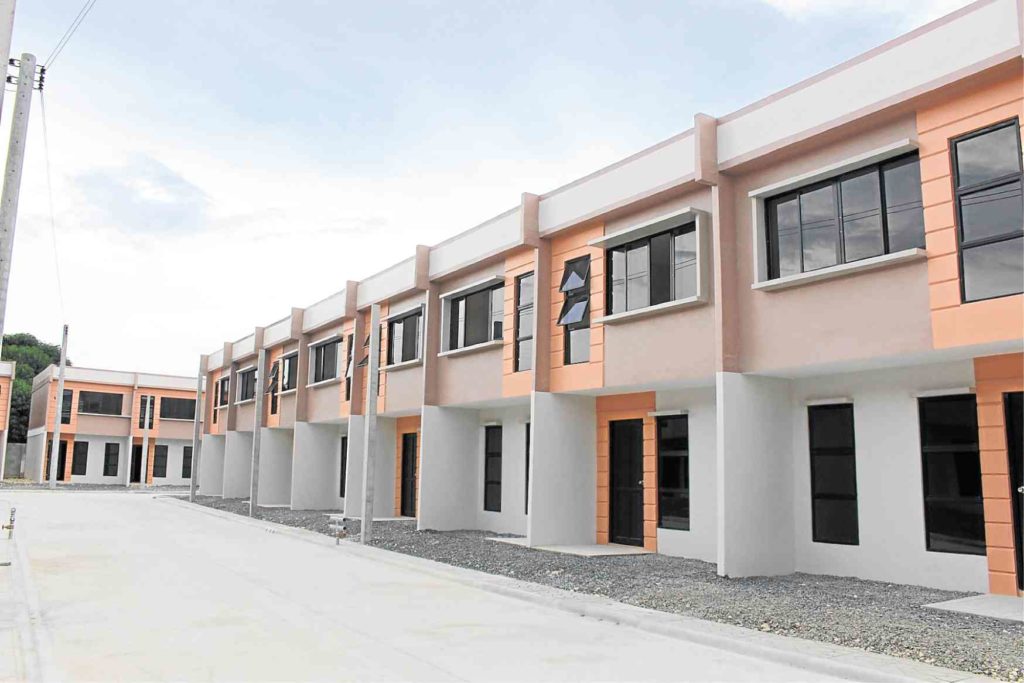Strategy to meet 12.3-M housing need

Socialized housing is one of the housing segments in the Philippines that is classified according to its price range and ceiling as defined by the Housing and Urban Development Coordinating Council (HUDCC ).
Living in one’s dream house may remain impossible for millions of Filipinos as estimated backlog and new housing need may reach 12.3 million by 2030.
The backlog was 6.7 million in 2015 and the new housing need for the period 2016 to 2030 is 5.6 million according to a report “Impact of Housing Activities on the Philippine Economy” last September by Winston Padojinog, president of the University of Asia and the Pacific.
Defining socialized housing
For over 35 years now, socialized housing has been one of the solutions thought of to address the chronic and festering housing problem in the country. It has undergone changes in its definitions.
In March 1982, the term “economic and socialized housing” refers to housing units which are within the “affordability level of the average and low-income earners which is 30 percent of the gross family income as determined by the National Economic Development Authority from time to time.”
It shall also refer to the government-initiated sites and services development and construction of economic and socialized housing projects in depressed areas (Section 2, Batas Pambansa Bilang 220).
To make socialized housing affordable to lower-income families, a BP 220 implementing rule says that housing units will have lower interest rates and longer amortization periods.

UDHA tasks local government units to provide socialized housing to their constituents.
Underprivileged, homeless
In Republic Act. No. 7279 , the Urban Development and Housing Act (UDHA) of 1992, also known as the Lina Law, the word “economic” is dropped and the term “socialized housing” is used to refer to the government’s “primary strategy in providing shelter for the underprivileged and homeless.”
Section 3 of UDHA defines socialized housing to refer to housing programs and projects covering houses and lots or homelots only undertaken by the Government or the private sector for the underprivileged and homeless citizens which shall include sites and services development, long-term financing, liberalized terms on interest payments.
To qualify for the program, a beneficiary must be a Filipino citizen, must be an underprivileged and homeless citizen, must not own any real property and must not be a professional squatter or a member of squatting syndicates.
Compliance
UDHA tasks local government units to provide socialized housing to their constituents.
Under its provision to have “balanced housing development,” it also requires developers of proposed subdivision projects to develop an area for socialized housing.
In Section 18, it says that this area should be equivalent to at least 20 percent of the total subdivision area or total subdivision cost at the option of the developer within the same city or municipality.
Republic Act. No. 10884, otherwise known as An Act Strengthening the Balanced Housing Development Program, which became effective in August last year, amends UDHA to include developers of condominium units (in addition to LGUs and subdivision developers) as among those required to develop socialized housing projects.
Under the new law, the area to be developed for socialized housing for subdivision projects is reduced from at least 20 percent to at least 15 percent of the total subdivision area or total subdivision project cost. For condominium projects, the socialized housing compliance is at least 5 percent of the condominium area or project cost.
This, according to a housing developer, will not only encourage the development of new communities but will also prompt the putting up of medium-rise socialized condominiums in urban areas nationwide that may help in lessening daily suburban commute and traffic congestion.
Classifications
Today, socialized housing is one of the housing segments in the Philippines that is classified according to its price range and ceiling as defined by the Housing and Urban Development Coordinating Council (HUDCC ). Government housing agencies like the Home Guarantee Corporation and private housing developers like the Subdivision and Housing Developer’s Association uses the following HUDCC classification or definition:
Socialized Housing—selling price is P450,000 and below
Economic Housing—selling price is more than P450,000 up to P1.7 million
Low Cost Housing—selling price is above P1.7 million to P3 million
Medium Cost Housing—selling price is above P3 million up to P4 million
Open Market or High Housing—selling price of the house is above P4 million
Backlog in other segments
According to the Housing Industry Plan: 2012-2030, an industry roadmap prepared by SHDA in cooperation with the Center for Research and Communication of the University of Asia and the Pacific, there was actually an excess supply for high-end and mid-cost homes of nearly half a million units (224,011 and 250,403 units, respectively or a total of 474,414 units) in 2012.
The September 2016 report by Padojinog, also a joint project of SHDA and CRC-UAP, stated that the excess supply increased to over half a million units in 2015 (253,349 for high end and 307,740 for mid-cost homes or a total of 561,089 units).
The backlog in housing refers to the backlog in the other housing segments: 786,984 for those who can’t afford, 1.3 million for socialized, 3.7 million for economic and 918,280 for low cost. Thus, the total housing backlog of 6.7 million by 2015 refers to housing units priced at P3 million and below.
The housing need for 2016 to 2030 is estimated to be 5.6 million broken down as follows: 1.1 million for those who can’t afford, 1.4 million for socialized, 2.5 million for economic, and 611,813 for low cost units.
Socialized housing strategy
The overall goal of the industry, as stated in the Housing Industry Plan, is to produce 2 million homes from 2017 to 2022, and another 7 million homes from 2023 to 2030.
In all, the target of 9 million is below the 12.3 million backlog and need by 2030.
This means that the key housing partners—the government’s shelter agencies, the LGUs, as well as the subdivision, condominium and socialized housing developers—have to be more creative in using the socialized housing strategy and also to more innovative in thinking of other strategies to meet a seemingly impossible need.